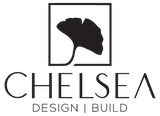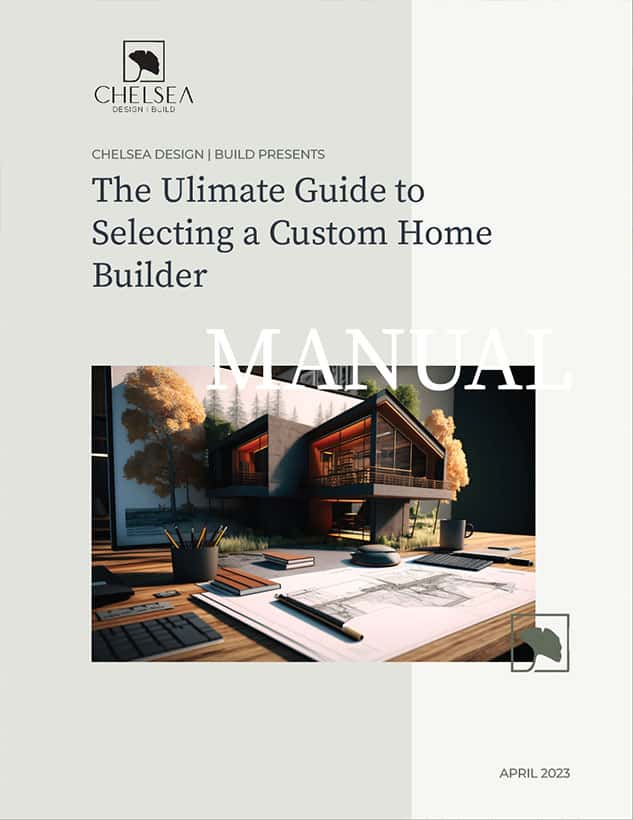
In recent years, the city of Charlotte, North Carolina, has experienced a significant transformation in its housing landscape. As the population continues to grow and urban development expands, the demand for diverse and affordable housing options has become increasingly pronounced. To address this need, Charlotte’s Unified Development Ordinance (UDO) has undergone critical revisions, allowing landowners to turn their lots into duplexes, triplexes, and quadplexes. This change marks a pivotal moment in the city’s urban development history, creating exciting opportunities for both property owners and potential residents. In this article, we will explore the implications of Charlotte’s UDO changes, delve into the benefits of multi-unit housing, and examine the steps involved in converting lots into duplexes, triplexes, and quadplexes.
The Need for Multi-Unit Housing in Charlotte
Charlotte has experienced substantial population growth over the past decade. This growth is attributed to the city’s vibrant job market, cultural attractions, and overall quality of life. However, the rapid influx of newcomers has strained the housing market, resulting in rising home prices and increased competition for available housing units.
Addressing the Housing Shortage
- Population Growth: Charlotte’s population growth has outpaced the construction of new housing units, leading to a housing shortage.
- Rising Home Prices: High demand for single-family homes has driven up prices, making homeownership less attainable for many residents.
- Diverse Housing Needs: Charlotte’s population consists of a diverse range of individuals and families, each with unique housing requirements.
The Role of Multi-Unit Housing
- Versatility: Duplexes, triplexes, and quadplexes offer a more versatile solution to housing needs by accommodating various household sizes.
- Affordability: Multi-unit housing can be more affordable than single-family homes, providing access to housing for a broader range of income levels.
- Efficient Land Use: Maximizing land use through multi-unit housing helps reduce urban sprawl and supports sustainable development.
The Evolution of Charlotte’s Unified Development Ordinance (UDO)
A Brief Overview of the UDO
- The UDO serves as the primary regulatory framework for land use and development in Charlotte.
- Historically, the UDO favored single-family housing and restricted multi-unit development.
Recognizing the Need for Change
- In response to the housing crisis, city planners and officials initiated a review of the UDO.
- Community engagement and feedback played a crucial role in shaping the revised ordinance.
Charlotte’s UDO Changes: Unlocking Potential
Allowing Duplexes
- Under the revised UDO, landowners can now convert their lots into duplexes.
- Duplexes consist of two separate dwelling units within a single building structure.
- Guidelines ensure that duplexes blend harmoniously with existing neighborhoods.
The Advent of Triplexes
- Triplexes are another exciting addition to the UDO, providing even more housing options.
- A triplex comprises three separate dwelling units in one building.
- Design standards and zoning regulations ensure compatibility with the surrounding area.
Embracing Quadplexes
- Quadplexes represent the highest density housing option now permitted by Charlotte’s UDO.
- A quadplex comprises four separate dwelling units in one building.
- Careful planning and design considerations are essential to maintain community aesthetics.
Benefits of Converting Lots into Multi-Unit Housing
Increased Housing Supply
- Conversion of single lots into duplexes, triplexes, and quadplexes adds to the city’s housing stock.
- Addresses the housing shortage and creates more options for potential residents.
Enhanced Affordability
- Multi-unit housing tends to be more cost-effective, making homeownership and renting more accessible.
- Supports economic diversity within neighborhoods.
Efficient Land Use
- Converting lots into multi-unit housing optimizes land use and promotes sustainable development.
- Reduces the need for urban sprawl and long commutes.
Neighborhood Revitalization
- The addition of diverse housing types can rejuvenate older neighborhoods, attracting investment and new residents.
- Creates a more dynamic and inclusive community.
How to Sell Your Land for Conversion into a Duplex, Triplex, or Quadplex
If you’re not prepared to manage the steps associated with converting your empty lot into a duplex, triplex, or quadplex, then calling in the professionals is the best option. A “build on your lot” or BOYL builder is adept at converting empty lots into multi-unit housing, backed by experience and industry knowledge. Here are the steps a BOYL builder will follow to develop your land:
- Initial Assessment and Feasibility Study: The BOYL builder should assess the property’s suitability for conversion, considering factors like lot size, zoning, and neighborhood character. A feasibility study helps determine the potential costs and benefits of the project.
- Consultation with City Planners: Your builder will engage with city planners and zoning officials to understand the regulatory requirements and obtain the necessary permits. They will discuss zoning, building codes, and design guidelines to ensure compliance.
- Architectural Design and Plans: Once all permitting is complete, the builder will work with architects and designers to develop plans that meet the UDO’s design standards and regulations, considering the layout, aesthetics, and functionality of the multi-unit structure.
- Financing and Budgeting: During this time, the builder will also secure financing for the project through loans, grants, or personal investment. A detailed budget will help them determine the size of the loan and manage costs effectively.
- Construction and Project Management: Once the pre-planning of the build is complete, the builder will work with contractors and craftspeople to complete the construction of the project.
- Compliance and Inspection: Throughout the construction phase, the builder will coordinate with city inspectors to ensure that the project complies with all applicable codes and regulations. Once everything is complete, a certificate of occupancy is awarded by the city.
- Selling the Units: Depending on the type of project, the builder can sell the units during construction, allowing potential homeowners the opportunity to choose certain fixtures and finishes for the home.
Challenges and Considerations
Zoning and Regulations
- The importance of staying informed about evolving zoning regulations.
- Potential challenges in obtaining variances or rezoning.
Community Concerns
- Addressing potential resistance or concerns from existing residents.
- Engaging in transparent communication with neighbors.
Design and Aesthetics
- Balancing the desire for modern, efficient housing with maintaining the character of the neighborhood.
- Importance of well-thought-out design.
Conclusion: A Bright Future for Charlotte’s Housing Landscape
The changes to Charlotte’s UDO, allowing landowners to convert their lots into duplexes, triplexes, and quadplexes, have ushered in a new era of housing development in the city. These multi-unit housing options not only address the pressing need for more affordable and diverse housing but also promote sustainable urban development. Through careful planning, adherence to regulations, and community engagement, landowners can play a pivotal role in shaping the future of Charlotte’s neighborhoods, ensuring they remain vibrant, inclusive, and accessible to all residents. As the Queen City continues to grow, the flexibility offered by these housing options will be instrumental in accommodating the evolving needs of its diverse population, making Charlotte an even more desirable place to live and thrive.


